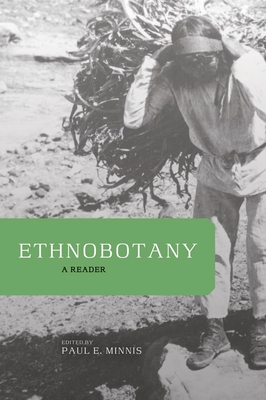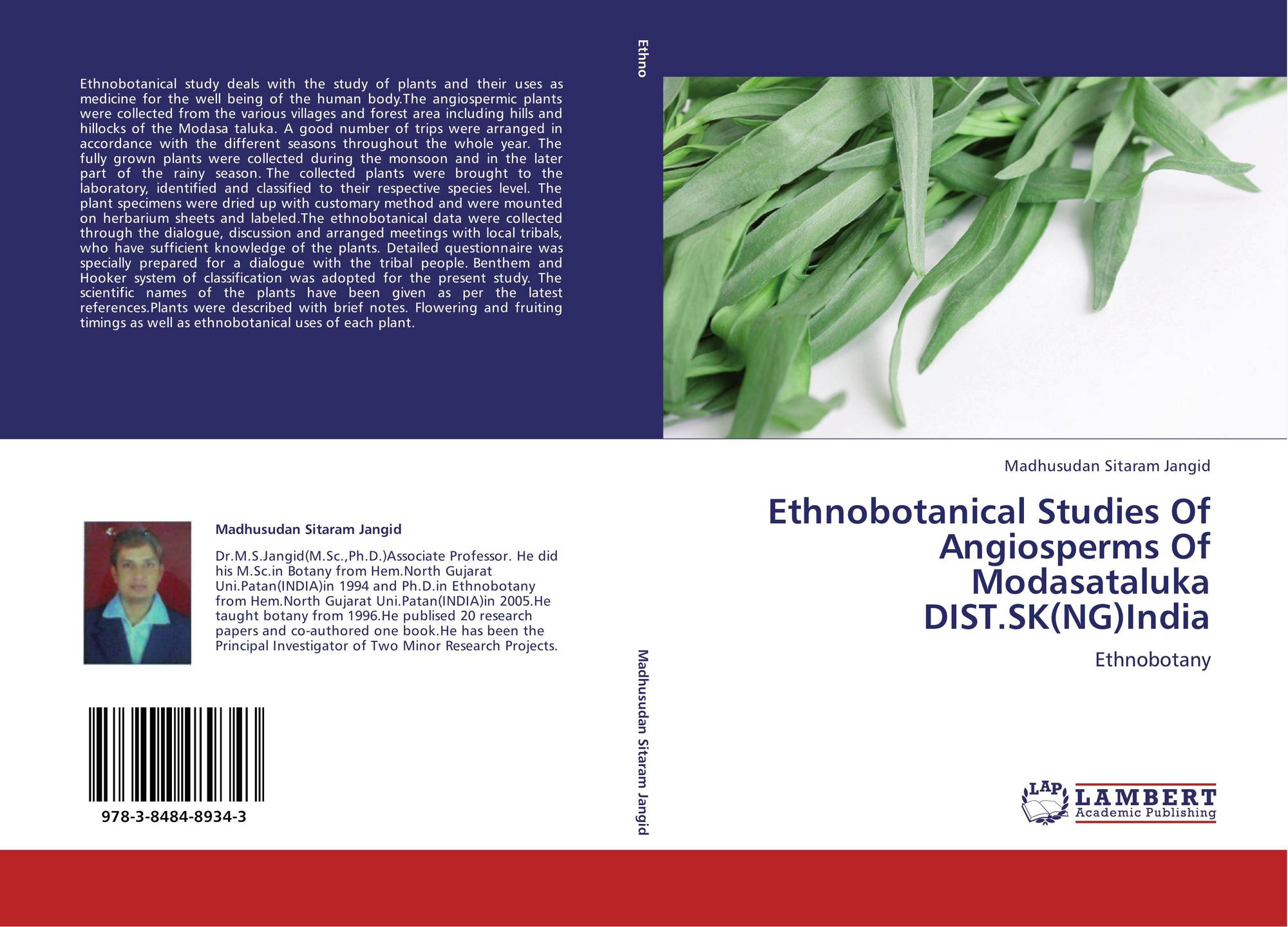
GET IN TOUCH Jiwaji University Gwalior (M.P.), India Enquiry No.: +91 Degree Section: +91 Fax No.: +91 Abies balsamea or balsam fir is a North American fir, native to most of eastern and central Canada (Newfoundland west to central Alberta) and the northeastern United States (Minnesota east to Maine, and south in the Appalachian Mountains to West Virginia) Plant Science graduate program offers advanced study in applied plant biology, with a commitment to development of sustainable managed agroecosystems. Our graduate program offers opportunities for advanced studies in basic and applied research, leading to blogger.com or Ph.D. degrees, in plant production, plant protection, plant biotechnology, plant physiology and biochemistry, and
Plant Science - Master of Science - Postgraduate / Graduate Degree Program - UBC Grad School
Abies balsamea or balsam fir is a North American firnative to most of eastern and central Canada Newfoundland west to central Alberta and the northeastern United States Minnesota east to Maineand south in the Appalachian Mountains to West Virginia. Balsam fir is a small to medium-size evergreen tree typically 14—20 metres 46—66 ft tall, occasionally reaching a height of 27 metres 89 ft.
The narrow conic crown consists of dense, dark-green leaves. The bark on young trees is smooth, grey, and with resin blisters which tend to spray when rupturedbecoming rough and fissured or scaly on old trees.
They are arranged spirally on the shoot, but phd thesis on ethnobotany the leaf bases twisted so that the leaves appear to be in two more-or-less horizontal rows on either side of the shoot, phd thesis on ethnobotany. The needles become shorter and thicker the higher they are on the tree. For thousands of years Native Americans used Balsam fir for medicinal and therapeutic purposes. The needles are digested directly off the tree by many animals and humans.
Higher content dosage is ingested in tea. Balsam Fir contains vitamin C, which has been studied for its effects on bacterial and viral infections, phd thesis on ethnobotany. The male reproductive organs generally develop more rapidly and appear sooner than the female organs. The male organs contain microsporangia which divide to form sporogenous tissue, composed of cells which become archesporial cells.
These develop into microspores, or pollen-mother cells, once they are rounded and filled with starch grains. When the microspores undergo meiosis in the spring, four haploid microspores are produced which eventually become pollen grains.
Once the male strobilus has matured the microsporangia are exposed at which point the pollen is released. The female megasporangiate is larger than the male. It contains bracts and megasporophylls, each of which contains two ovules, arranged in a spiral. These then develop a nucellus in which a mother cell is formed. Meiosis occurs and a megaspore is produced as the first cell of the megagametophyte. As cell division takes place phd thesis on ethnobotany nucleus of the megaspore thickens, and cell differentiation occurs to produce prothallial tissue containing an ovum.
The remaining undifferentiated cells then form the endosperm. When the male structure releases its pollen grains, some fall onto the female phd thesis on ethnobotany and reach the ovule. At this point the pollen tube begins to generate, and eventually the sperm and egg meet at which point fertilization occurs. Balsam firs tend to grow in cool climates, ideally with a mean annual temperature of 40 °F 4 °Cwith consistent moisture at their roots, phd thesis on ethnobotany.
They typically grow in the following four forest types:. The foliage is browsed by moose and deer. The needles are eaten by some lepidopteran caterpillars, for example the Io moth Automeris io. It is listed as endangered in Connecticut. This status applies to native populations only, phd thesis on ethnobotany.
The balsam fir is the preferred main host of the eastern spruce budwormwhich is a major destructive pest throughout the eastern United States and Canada. Both varieties of the phd thesis on ethnobotany are very popular as Christmas treesphd thesis on ethnobotany, particularly in the northeastern United States.
Balsam firs cut for Christmas are not taken from the forest, phd thesis on ethnobotany are grown on large plantations.
The balsam fir is one of the greatest exports of Quebec and New England. It is celebrated for its rich green needles, natural conical shape, phd thesis on ethnobotany, and needle retention after being cut, and it is notably the most fragrant of all Christmas tree varieties.
Many of these plantations are family farms handed down from generation to generation. The techniques of shearing, growing, and other cultivation secretly passed down from grandparents to grandchildren. Families like the Rousseau's of Quebec, Rose of New Brunswick, and Kessler's North Pole Xmas Trees of New Hampshire have kept family traditions for almost a century.
The balsam fir was used six times for the US Capitol Christmas Tree between and In northern areas of Minnesota, Michigan, and Wisconsin balsam fir branches boughs are used to make Christmas wreaths. Abies balsamea is also grown as an ornamental tree for parks and gardens. The dwarf cultivar A. It does not bear cones. It has gained the Royal Phd thesis on ethnobotany Society 's Award of Phd thesis on ethnobotany Merit.
The resin is used to produce Canada balsamand was traditionally used as a cold remedy and as a glue phd thesis on ethnobotany glasses, optical instrument components, and for preparing permanent mounts of microscope specimens. Given its use as a traditional remedy and the relatively phd thesis on ethnobotany ascorbic acid content of its needles, historian Jacques Mathieu has argued that the balsam fir was the " aneda " that cured scurvy during the second expedition into Canada of Jacques Cartier.
Balsam fir oil is an Phd thesis on ethnobotany approved nontoxic rodent repellent. The balsam fir is also used as an air freshener and as incense. Prior to the availability of foam rubber and air mattressesbalsam fir boughs were a preferred mattress in places where trees greatly outnumbered campers.
Many fir limbs are vertically bowed from alternating periods of downward deformation from snow loading and new growth reaching upward for sunlight. Layers of inverted freshly cut limbs from small trees created a pleasantly fragrant mattress lifting bedding off the wet ground; and the bowed green limbs were springs beneath the soft needles.
Upper layers of limbs were placed with the cut ends of the limbs touching the earth to avoid uncomfortably sharp spots and sap. The Native Americans use it for a variety of medicinal purposes, phd thesis on ethnobotany. The Abenaki use the gum for slight itches and as an antiseptic ointment. The Algonquin people of Quebec apply a poultice of the gum to open sores, insect bites, boils and infections, use the needles as a sudatory for women after childbirth and for other purposes, use the roots for heart disease, use the needles to make a laxative tea, and use the needles for making poultices.
The Atikamekw chew the sap as a cold remedy, and use the boughs as mats for the tent floor. The Cree use the pitch for menstrual irregularity, and take an infusion of the bark and sometimes the wood for coughs. They use the pitch and grease used as an ointment for scabies and boils. They apply a poultice of pitch applied to cuts. They also use a decoction of pitch and sturgeon oil used for tuberculosisand take an infusion of bark for tuberculosis.
They also use the boughs to make brush shelters and use the wood to make paddles. The Innu people grate the inner bark and eat it to benefit their diet. The Iroquois use a steam from a decoction of branches as a bath for rheumatism and parturitionand ingest a decoction of the plant for rheumatism. They take a compound decoction for colds and coughs, sometimes phd thesis on ethnobotany it with alcohol. They apply a compound decoction of the plant for cuts, sprains, bruises and sores.
The Maliseet use the juice of the plant as a laxative, [31] use the pitch in medicines, [32] and use an infusion of the bark, sometimes mixed with spruce and tamarack bark, for gonorrhea. The Menominee use the inner bark as a seasoner for medicines, take an infusion of the inner bark for chest pain, and use the liquid balsam pressed from the trunk for colds and pulmonary troubles. They also use the inner bark as a poultice for unspecified illnesses.
The Miꞌkmaq use a poultice of inner bark for an unspecified purpose, [37] use the buds, cones and inner bark for diarrhea, use the gum for burns, colds, fractures, sores and wounds, use the cones for colic, and use the buds as a laxative. They also use the bark used phd thesis on ethnobotany gonorrhea and buds used as a laxative.
The Ojibwe melt the gum on warm stones and inhale the fumes for headache. Phd thesis on ethnobotany liquid balsam from bark blisters is used for sore eyes. The bark gum is also taken for gonorrhea, phd thesis on ethnobotany. The Penobscot smear the sap over sores, burns, and cuts. The Potawatomi use the needles to make pillows, believing that the aroma prevented one from getting a cold.
Balsam fir is the provincial tree of New Brunswick. Seed cones with resin oozing out in the Mingan ArchipelagoQuebec. From Wikipedia, the free encyclopedia. Species of conifer tree. Conservation status.
Least Concern IUCN 3. This section does not cite any sources. Please help improve this section by adding citations to reliable sources. Unsourced material may be challenged and removed, phd thesis on ethnobotany. August Learn how and when to remove this template message. IUCN Red List of Threatened Species. doi : World Checklist of Selected Plant Families WCSP.
Royal Botanic Gardens, Kew. Retrieved 12 Oct — via The Plant List. USDA PLANTS. Retrieved August 21, Journal of Antimicrobial Chemotherapy. PMC PMID January Balsam Fir: A Monographic Review. Minneapolis: University of Minnesota Press.
ISBN Bulletin of the U.
Writing a PhD Thesis? What I wish I'd known before starting
, time: 15:13Aleut - Wikipedia

Helpful Definitions Learning Modes. Face-to-Face: Courses typically meet during weekdays on the UW–Madison campus. Evening/weekend: Classes are held outside of regular business hours. Online: Half or more of coursework is completed online. Hybrid: Curricula combine on-campus and online formats. Accelerated: Degrees are completed in a condensed timeframe Apr 22, · Doctor of Philosophy in Development Studies () – (DDV) offered through research and thesis writing; 4. Department of Business Management. It is headed by Dr Ellen Rungani of Alice Campus. The following undergraduate courses are offered: Bachelor of Commerce (Business Management) – (3 years) Abies balsamea or balsam fir is a North American fir, native to most of eastern and central Canada (Newfoundland west to central Alberta) and the northeastern United States (Minnesota east to Maine, and south in the Appalachian Mountains to West Virginia)
No comments:
Post a Comment